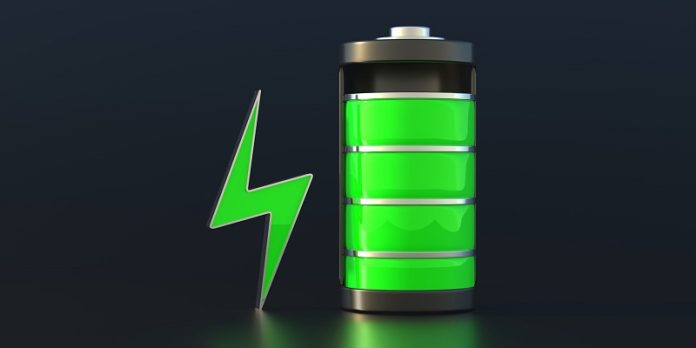
Potassium-ion batteries are showing great promise as a powerful and affordable energy storage solution—and may even outperform the more well-known sodium-ion batteries in some key areas.
This could be especially important as the world moves toward cleaner energy and needs better ways to store power from renewable sources like solar and wind.
A new scientific review published in Science and Technology of Advanced Materials highlights the growing interest in potassium-ion battery technology.
The review, led by Professor Eunho Lim and his team at Dongguk University in South Korea, explores recent progress in this field and the challenges that still need to be solved to make potassium-ion batteries a real alternative to the widely used lithium-ion batteries.
Lithium-ion batteries have played a major role in powering our modern lives—from smartphones to electric cars. But lithium is a rare and expensive resource, and demand is rising fast.
That’s why researchers are looking for cheaper and more sustainable materials to power the future.
Sodium-ion batteries are one promising option because sodium is more abundant and affordable. These batteries are close to being ready for everyday use.
But potassium-ion batteries could take things even further. Potassium is also easy to find, and these batteries could potentially store more energy than sodium-ion ones, which makes them a strong candidate for large-scale energy storage.
However, potassium-ion batteries are not without challenges. To make them work well, scientists need to design special materials for the battery’s anode—the part that stores and releases the energy.
Potassium ions behave differently than lithium or sodium ions, so they need anode materials that can handle their unique properties.
In the review, Professor Lim and his team take a close look at different types of anode materials, their pros and cons, and how they work at the atomic level. They also suggest strategies for improving battery performance while keeping them stable and safe.
One of the key ideas is that how the materials are built—down to their tiny structures—affects how much energy the battery can store and how long it will last.
By understanding these interactions, researchers can create better designs and boost the performance of potassium-ion batteries.
Professor Lim says he plans to continue this work by developing new, low-cost materials that are both efficient and safe.
He also wants to use advanced tools to study how the materials change and react during use, which will help improve battery design even further.
His ultimate goal is to help bring potassium-ion batteries into everyday use, offering a greener and possibly even better-performing alternative to lithium-ion batteries.



